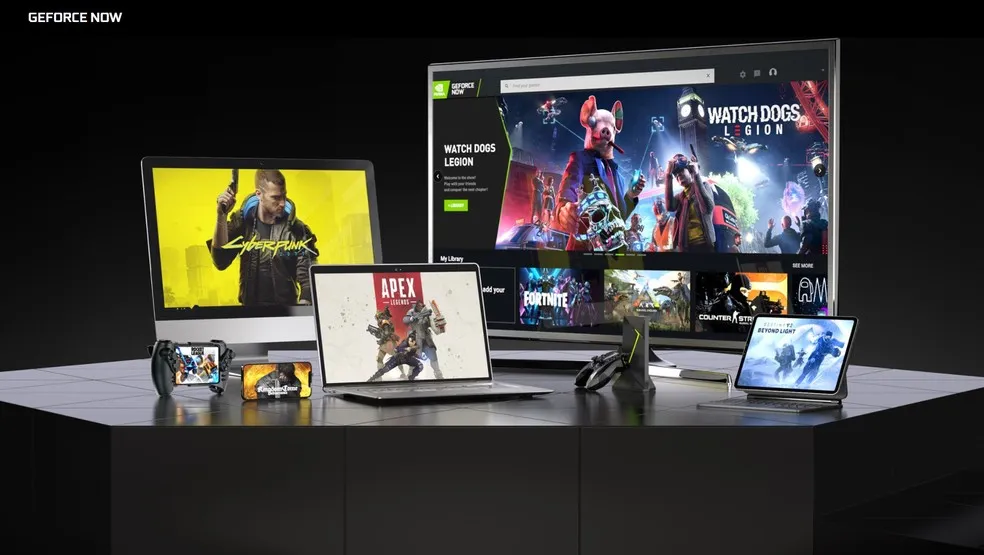In the rapidly evolving landscape of game development, companies are increasingly diversifying their services and specialties to meet the demands of a competitive market. This article delves into the various types of game development companies, evaluates their services, and highlights their unique specialties. By examining real-world examples and relevant data, we aim to provide a comprehensive understanding of the current state of the industry and the factors that influence the success of game development firms.
Game development companies can be broadly categorized into three main types: first-party developers, second-party developers, and third-party developers. Each category serves distinct roles within the gaming ecosystem, contributing to the overall success of game titles across various platforms.

First-Party Developers
First-party developers are typically owned and operated by console manufacturers. These companies create games exclusively for their own platforms, ensuring a seamless integration of hardware and software. Notable examples include Nintendo, Sony Interactive Entertainment, and Microsoft Studios. These companies not only develop games but also control the entire ecosystem, from hardware design to game distribution.
Case Study: Nintendo
Nintendo is a prime example of a successful first-party developer. With iconic franchises such as Super Mario, The Legend of Zelda, and Pokémon, Nintendo has consistently delivered high-quality gaming experiences. According to a report by Statista (2023), Nintendo’s revenue from video game sales reached approximately $15 billion in the fiscal year 2022, showcasing the financial viability of first-party development.
Second-Party Developers
Second-party developers are independent studios that collaborate closely with first-party companies to create exclusive titles. These developers often receive funding, resources, and support from the first-party entity, allowing them to focus on game design and development. Examples include Insomniac Games, which developed Marvel’s Spider-Man for Sony, and Rare, known for its work on titles like Sea of Thieves.
Case Study: Insomniac Games
Insomniac Games exemplifies the second-party model with its successful partnership with Sony. The release of Marvel’s Spider-Man in 2018 not only garnered critical acclaim but also sold over 20 million copies by 2022 (Sony Interactive Entertainment, 2022). This collaboration highlights the benefits of second-party development, where independent studios can leverage the resources and marketing power of larger companies while maintaining creative control.
Third-Party Developers
Third-party developers operate independently of console manufacturers and create games for multiple platforms. This category includes both large studios and smaller indie developers. Companies like Electronic Arts (EA), Activision Blizzard, and Ubisoft are prominent third-party developers, producing a wide range of titles across various genres.
Case Study: Electronic Arts
Electronic Arts (EA) is a leading third-party developer known for franchises such as FIFA, Madden NFL, and The Sims. According to a report by Newzoo (2023), EA generated approximately $5.6 billion in revenue in 2022, demonstrating the profitability of third-party development. EA’s ability to create games for multiple platforms allows it to reach a broader audience, maximizing its market potential.
Evaluating Services and Specialties
When assessing game development companies, it is essential to evaluate their services and specialties. Key factors to consider include:
1. Game Genre Expertise
Different companies may specialize in specific genres, such as action, role-playing, simulation, or strategy games. For instance, Blizzard Entertainment is renowned for its expertise in real-time strategy and multiplayer online battle arena (MOBA) games, as evidenced by the success of titles like StarCraft and Overwatch.
2. Platform Proficiency
Companies may also focus on particular platforms, such as PC, console, or mobile. For example, Supercell has carved a niche in mobile gaming with hit titles like Clash of Clans and Brawl Stars, generating over $1 billion in revenue in 2022 (Supercell, 2022).
3. Technology and Innovation
Game development companies that invest in cutting-edge technology and innovative practices often stand out in the industry. For instance, Epic Games has revolutionized game development with its Unreal Engine, which powers numerous AAA titles and indie games alike. The engine’s versatility and advanced features have made it a preferred choice for developers worldwide.
4. Community Engagement
Successful game development companies often prioritize community engagement and player feedback. Riot Games, the developer of League of Legends, has built a robust community through regular updates, events, and player interaction. This approach has fostered a loyal player base and contributed to the game’s longevity.
Market Trends and Future Directions
The game development industry is witnessing several trends that are shaping its future. One significant trend is the rise of cloud gaming, which allows players to stream games without the need for high-end hardware. Companies like Google (Stadia) and NVIDIA (GeForce NOW) are investing heavily in this technology, which could redefine how games are distributed and played.

Cloud gaming, with NVIDIA GeForce NOW, is transforming the industry.
Additionally, the integration of virtual reality (VR) and augmented reality (AR) is gaining traction. Companies like Oculus (owned by Meta) and Valve are pushing the boundaries of immersive gaming experiences, creating new opportunities for developers to explore innovative gameplay mechanics.
Furthermore, the increasing popularity of esports has led to a surge in demand for competitive gaming titles. Developers are now focusing on creating games that cater to the esports community, with features that enhance spectator experiences and facilitate competitive play.
Key Points
- Game development companies can be categorized into first-party, second-party, and third-party developers, each serving unique roles in the industry.
- Successful examples include Nintendo (first-party), Insomniac Games (second-party), and Electronic Arts (third-party).
- Evaluating services and specialties involves considering game genre expertise, platform proficiency, technology and innovation, and community engagement.
- Emerging trends such as cloud gaming, VR/AR integration, and the rise of esports are shaping the future of game development.
In conclusion, the landscape of game development companies is diverse and dynamic, with each type of developer contributing to the industry’s growth in unique ways. By understanding the services and specialties of these companies, stakeholders can make informed decisions that align with their gaming aspirations. As the industry continues to evolve, staying abreast of market trends and technological advancements will be crucial for developers aiming to thrive in this competitive environment.

